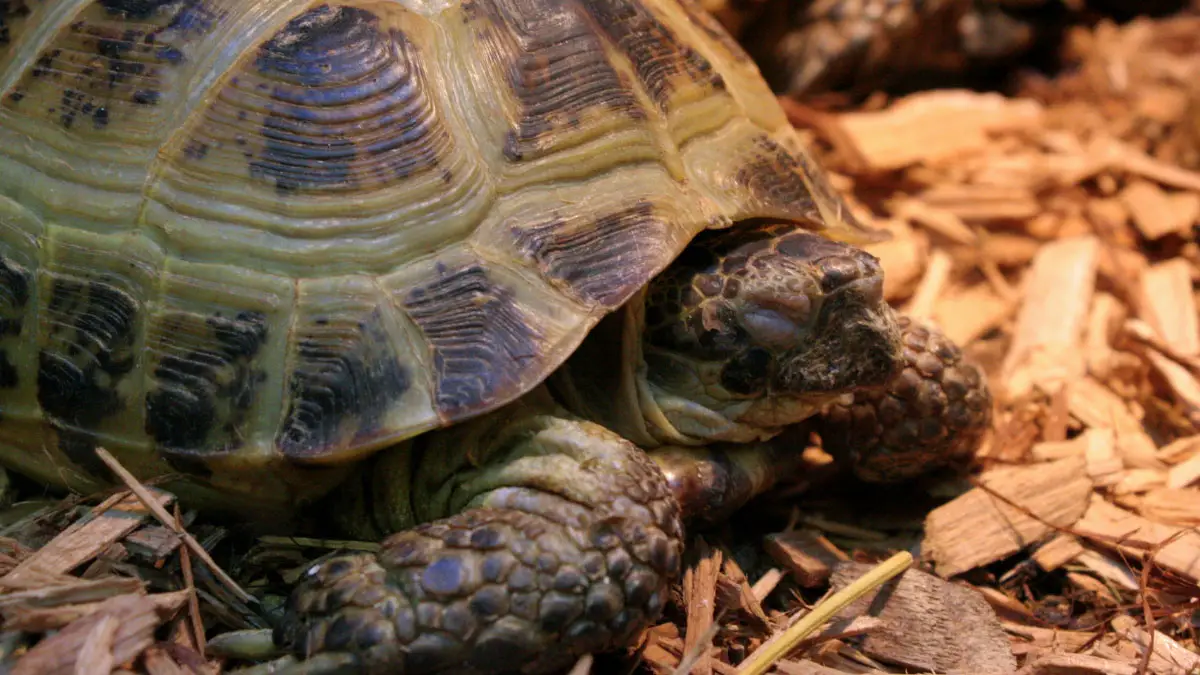Tortoise Hibernation or Dead? How to Know?
There are approximately 49 different species of tortoises around the world and they all have distinct lifestyles. Depending on the type or species, tortoises spend a period of their life being inactive – which is usually known as hibernation.
Though it depends on the species, most tortoises hibernate for 4-6 months. Now, how to know if it’s a tortoise hibernation or dead? First, gently nudge the tortoise to detect any movement. You can also check if it’s breathing by bringing a feather to its nostrils. If it’s still breathing or shifting, the tortoise is hibernating!
Tortoises can hibernate in specific temperatures or seasons and their bodies function differently than usual for the time being. Keep reading to know more about the reasons and factors behind tortoise hibernation.
How Can You Tell If Your Tortoise Is Hibernating or Dead?
Contents
The length and temperature of a tortoise’s hibernation depends on the climate, area, and species. Researchers have observed that desert tortoises can go into hibernation for up to 44 days during fall and awaken 49 days into spring.
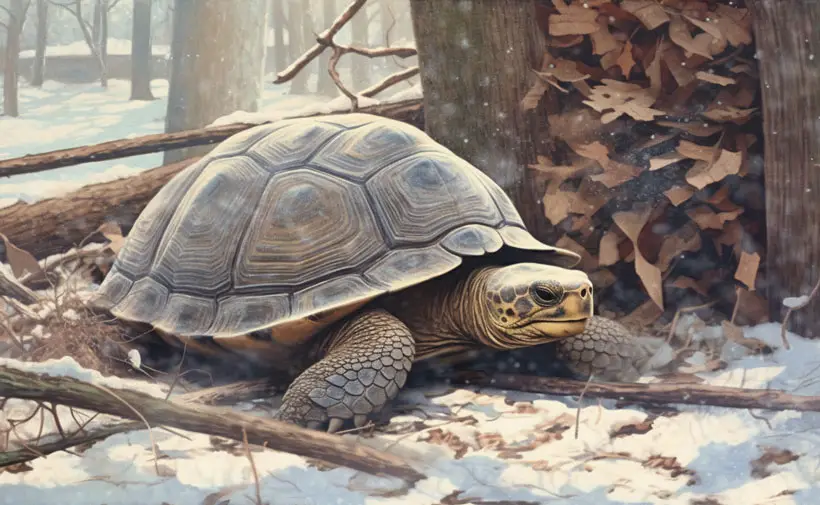
There are many ways you can find out if your tortoise has died or gone into hibernation –
Detect Movement
If the tortoise is lying still and stretched out, you can try gently nudging it. Your tortoise may react by moving away or going into its shell.
To check breathing, you can observe the space between its front limbs and neck or rear limbs and anal area. Since tortoises breathe using their lungs, you should notice some muscle movement.
No movement may be a sign that it’s dead, but you can try a few other techniques before concluding.
Check Breathing Through Nostrils
Tortoises use their nostrils to exhale and inhale. So, if your tortoise is still alive, it’ll be breathing soundly. Take a feather and hold it near the nostrils; if the feather moves – there’s no need to worry!
Applying Pressure
If you don’t have a feather around, you can try applying slight pressure on the tail area of the tortoise. Gently pressing on the space between the tortoise’s tail and anal vent might elicit a reaction.
The tortoise may respond to this by trying to escape or making noises. If it remains still, your tortoise may not be alive.
Flipping the Tortoise
Tortoises usually don’t like being on their backs or shells, so if you turn them around, they’ll try to switch to the normal position. It may try to go into its shell, stretch its limbs or regain balance. Always make sure to let it down gently; never drop or rock it!
You can also try to tell your tortoise’s situation by judging from the appearance and smell. Depending on the environment around them, dead tortoises can decompose over a 2-week or 3-month timeframe.
However, the appearance can vary due to bacteria and insect infestation. You may also sense a foul smell if it’s been too long.
Which Species of Tortoises Hibernate?
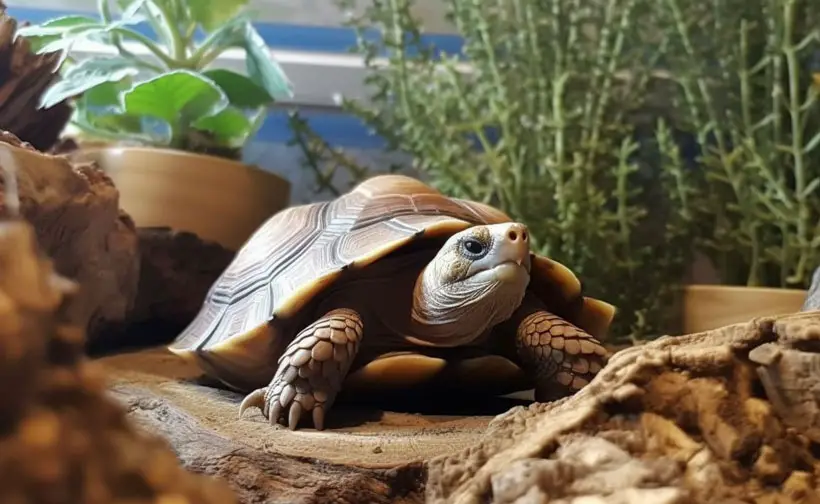
Contrary to popular belief, all tortoises do not hibernate. So, it’s crucial to know if your tortoise is capable of hibernating before beginning the process –
| Species that Hibernate | Species that Don’t Hibernate |
|---|---|
| Greek Tortoise | Leopard Tortoise |
| Desert Tortoise | Egyptian Tortoise |
| Russian Tortoise | Red Footed Tortoise |
| Marginated Tortoise | Hinge-back Tortoise |
| Slider Turtles | Yellow Footed Tortoise |
| North American Box Turtles | Radiated Tortoise |
| Hermann’s Tortoise | African Side-neck Turtles |
| Asian Box Turtles | |
| African Spurred Tortoise | |
| Golden Greek Tortoise |
Why Do Tortoises Hibernate?
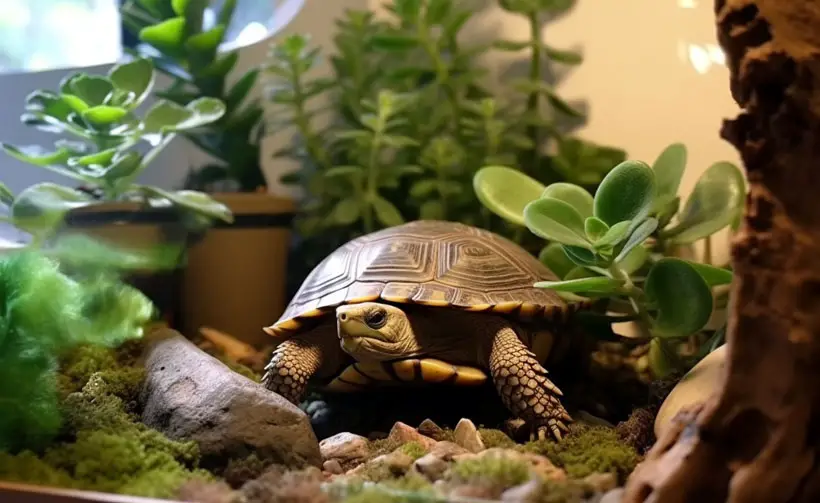
Hibernation can occur naturally or artificially. There are two prime reasons behind a tortoise’s hibernation –
Energy Conservation
During hibernation, tortoises don’t drink or eat – thus, they save energy. Their metabolic rate and other bodily functions slow down. So, even if food and water are scarce, a tortoise can survive using reserved energy.
Surviving Unfavorable Conditions
Tortoises can avoid cold and harsh weather by hibernating. They can stay warm inside their shell and come out when spring arrives. It’s crucial to ensure that the tortoise is hibernating in a sheltered place.
Reducing Obesity
Since tortoises spend the hibernation period without consuming any food, it helps to reduce obesity. Thus, hibernation helps to regulate the body-functions of the tortoise and keeps it healthy.
Strengthening Fertility
The best time for mating for tortoises is in autumn which is right after hibernation. Hibernation increases a tortoise’s fertility and ensures a successful mating process.
When Do Tortoises Usually Hibernate?
Tortoises usually hibernate during winter when the temperature of the environment starts dropping below 50℉. During this period, they remain inactive to conserve energy for the future. Tortoises can remain in hibernation for up to 6 months.
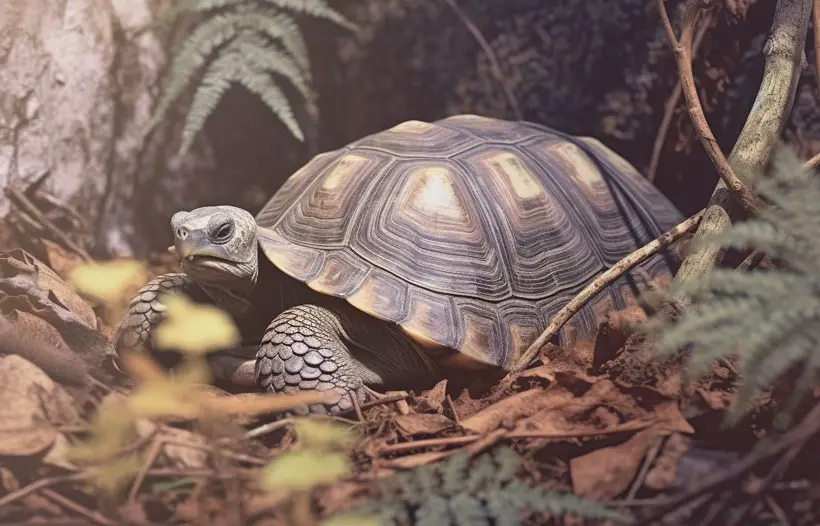
What Changes Occur in a Tortoise’s Body During Hibernation?
Since a tortoise can’t eat or drink during hibernation, its metabolism process slows down. Their heart rate and respiration are also slower than usual.
As their body temperature also drops, tortoises consume less energy while hibernating. A tortoise’s immune system also works slowly for the time being. This is why your tortoise needs to be perfectly healthy before hibernating.
What is Artificial Hibernation for Tortoises?
Mediterranean and Horsfield’s tortoises hibernate if they’re healthy enough and it’s an essential process for their long life. But you should always look out for complications during the pre- and post-hibernation phases.
Tortoises don’t hibernate unless the temperature makes them do so. Besides, hibernating them indoors may be a difficult task, so outdoors is recommended.

Natural Method
In this method, you let your tortoise hibernate outside by having it dig its own burrow instead of keeping it in a box. Tortoises usually excavate under big rocks, tree roots, or into the side of earthen slopes when they’re in the wild.
Artificial Method
If you can’t hibernate it outdoors, place the tortoise in a heat and water-proof box and make sure that the environment has a temperature between 50℉ and 65℉. Any more or lower temperature than this can cause harm to your pet.
Fridge Method
You can hibernate your pet tortoise in the refrigerator as well by maintaining the temperature between 1℃ and 10℃. Make sure to keep it in a separate fridge and not the one where you store your food.
Always keep an eye on your tortoise and give it a bath in shallow and room-temperature water every 4-6 weeks. This will ensure both hygiene and hydration. Once the surrounding reaches optimum temperature, you can take your tortoise out of hibernation!
Can Tortoises Die During Hibernating?
Even though this is a rare case, yes, tortoises can die while hibernating. It’s more likely to happen to wild tortoises, but pet ones aren’t out of the risk zone either.
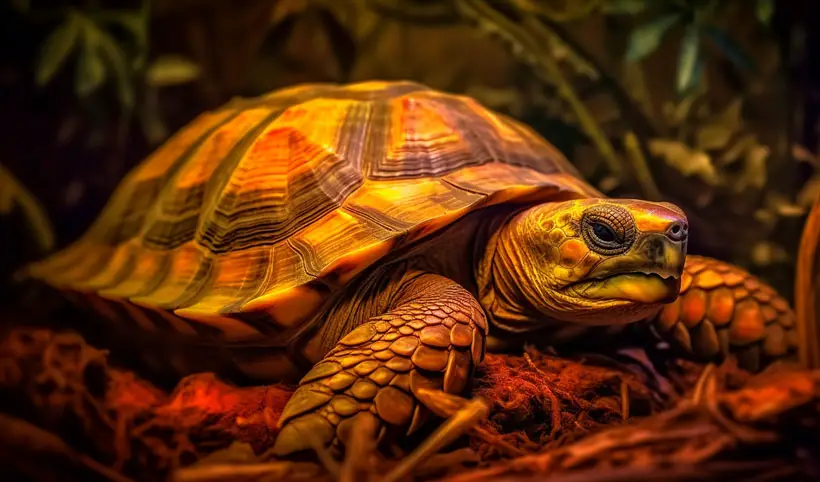
Here are some reasons a tortoise may die during hibernation –
Insufficient Energy
If the tortoise doesn’t reserve enough energy and water, it may die during the hibernation process. It should have sufficient conserved energy to live through winter.
Your tortoise may also be too dehydrated and pass away during this time.
Unfavorable Temperature
The second reason might be that the environment wasn’t warm enough. If your tortoise doesn’t have the perfect amount of warmth, it may freeze to death.
Undiagnosed Illness
Sometimes a tortoise may have a preconceived disease or illness that may further weaken it during hibernation. A tortoise that’s not healthy enough can die during hibernation.
FAQs
As tortoises are becoming more popular as pets these days, people often ask these questions –
If the temperature starts to approach 10℃
Take the hibernating box to a different room, wait for a few hours, and let it warm up.
Yes, some tortoises can live their entire life without hibernating.
Final Thoughts
Though hibernation is a natural process and healthy for tortoises, it can prove to be deadly if the tortoise is sick. To survive hibernation, a tortoise should have enough fat and water or energy reserved. Since sick tortoises lack all of these, they shouldn’t hibernate.
To know whether it’s tortoise hibernation or dead, you can use a variety of techniques. It’s important to keep an eye out for any movement or reaction in your pet tortoise when it’s hibernating. Contact experienced vets if you need any help.

